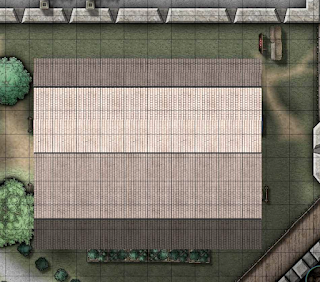The campaign setting is reasonably described as dark Gothic horror rather than a more typical heroic fantasy setting. To quote from Wikipedia:
Gothic fiction, which is largely known by the subgenre of Gothic horror, is a genre or mode of literature and film that combines fiction and horror, death, and at times romance. ... Another well known novel in this genre, dating from the late Victorian era, is Bram Stoker's Dracula
Campaign Links & Resources
- House Rules (to be reviewed/updated during session 0): Version 3.0
- Session Notes and Group Treasure: Travels in Barovia -- Player Notes
- Session 0 Notes
The player notes document requires permission to access. Please request that, if you are a player in the game, which will give you edit authority to the file.













